CategoryUniversity Case Study
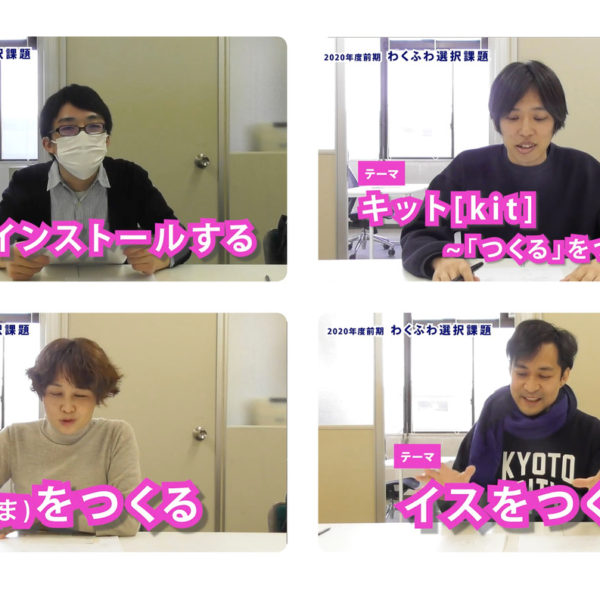
Due to the impact of COVID-19, Kyoto City University of Arts has decided to hold the first semester of 2020 classes remotely. The following is an introduction to the practical classes at the Department of Product Design under these circumstances. Since the year before last, the Product Design major has changed the curriculum of its practical classes to set their own goals and control the curriculum proactively. Specifically, we have shifted from the traditional approach of building up from basics to specialties to “elective assignments” where students can freely choose their assignments for each half year. Students in the second to the fourth year of the program will participate in […]
Read More2021.7.2

Small-Group Art Education Through the Seto Inland Sea Areas
The Department of Art and Design at Onomichi City University is a relatively small art university with about 50 students in Year 1 and 15 faculty members, and 3 assistants in each course. There are three courses: Japanese painting, Oil painting, and Design, and students in each course can receive highly specialized guidance from faculty members. One of the features of our department’s art education is that all Year 1 students experience all the three courses of practical training in the first year through the basic modeling subjects to cultivate basic modeling skills. Students will select the course in the Year 2 based on their experience and aptitude. Compared to […]
Read More2021.7.2

Distance Learning Using "Microsoft Teams
The first semester of the 2020 school year began with compliance to COVID-19 measures. Regular face-to-face lessons were suspended, which led to a major challenge of how to give concrete form to art education acquired through physical experience. It was an opportunity to rethink our fundamental relationship with art, which we usually take for granted. For the Year 1 and 2 students, in particular, it is essential to have a “place” where they can understand and acquire basic skills through dialogue with their teachers to have a sense of the distance from their subjects while struggling with the materials and confirming the production process. It was the first time for […]
Read More2021.7.2

Fostering the Next Generation of Engineering Professionals to Create Innovation
Kagawa University’s Faculty of Engineering and Design has adopted a single-department system in order to conduct interdisciplinary education and research to create new value and integrate different fields. We have established the following seven courses, taking into consideration the fields that are in high demand in the society and the fields that have become increasingly popular in recent years. 【Faculty of Engineering and Design’s 7 Courses】 Media and Product Design Course Architecture, Civil and Environmental Engineering Course Disaster and Crisis Management Course Computer Science, Systems, and Security Course Information and Communications Technology Course Mechanical Systems Course Advanced Materials Science Course With the aim to foster “next-generation engineering human […]
Read More2021.7.2

Rethinking Design Education Brought About By COVID-19
It is no secret that university education has been dramatically affected by the situation of the COVID-19 epidemic. Kagawa University has taken the same measures as other universities in Japan, such as canceling the entrance ceremony, postponing the start of classes, and banning face-to-face lectures. The faculty members are responding with emergency teaching methods in place of regular classes. They are also focusing on providing more support to students than ever before, including understanding their living and learning environment and providing psychological support. The state of emergency was lifted, and face-to-face classes have resumed in the seminar and practical training courses from June 18. However, online and on-demand remote lessons […]
Read More2021.7.2

Design Education on Local Issues
We want to introduce the “Onomichi Regional Issues + Regional Revitalization Project”, which is one of the challenges of Design Practice II of the university design course, as it represents the characteristics of Faculty of Art and Culture, Department of Art and Design. We will share our experiences on the project content, project brief and process, end results, educational perspectives and our assessments of students. “Onomichi Regional Issues + Regional Revitalization Project” started in 2003 as an industry-academia collaboration project between the Department of Fine Arts Design Course of the Faculty of Arts and Culture and the Onomichi branch of the Hiroshima Small and Medium Enterprises Association. All the third-year […]
Read More2020.3.31
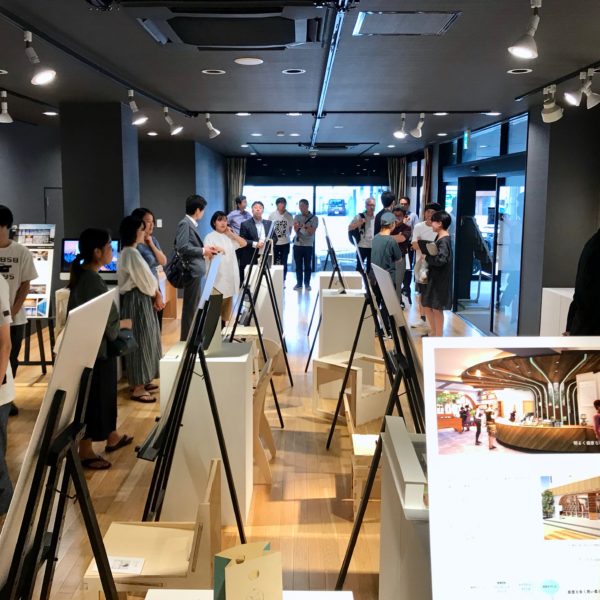
Wide, Shallow, Deep, Design Education
The educational philosophy of Kanazawa College of Art, Department of Design, Interior & Architectural Design course is to cultivate human resources who can combine various methods and expression to propose ideas beautifully. In line with the philosophy, we study and practice cross-disciplinary design education with five faculty members of different specialization, in Kanazawa, where tradition and innovation resonate. In addition to landscapes, architecture, and interiors design that are related to spatial design, the course also includes products and graphics design which is on a scale closer to humans. Hence, it is possible to learn continuously from landscape scales to packages that humans can pick up. In this course, the teachers […]
Read More2020.3.31
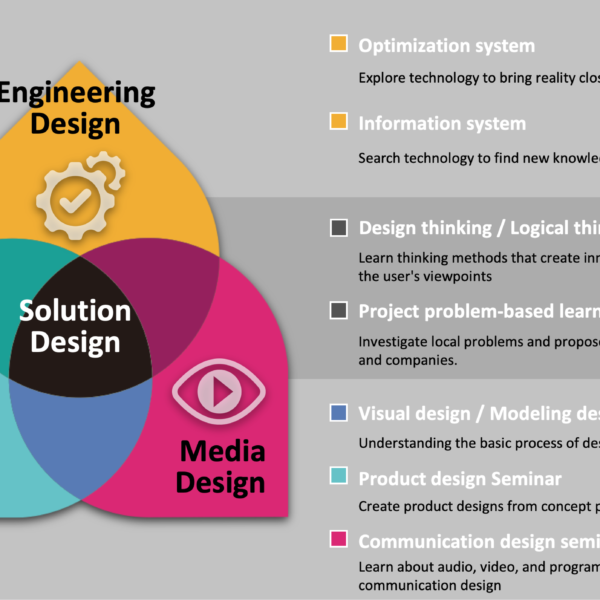
Nurturing "The Next-Generation Engineering Personnel" with High Creativity
Kagawa University, Faculty of Engineering and Design, Department of Engineering and Design cultivates next-generation engineering personnel who accurately grasp changes in the times and create innovations that fit the needs of society and people. In particular, the media and product design course aim to foster human resources who can create things of meaningful value that are creative and have social significance through a curriculum that pursues the logic required for engineering and the sensibility necessary for design and art. Practical research at four research studios with design thinking as the basis of education. ・Engineering design studio (producing features and systems based on new ideas) ・Product design studio (presenting new ways […]
Read More2020.3.31
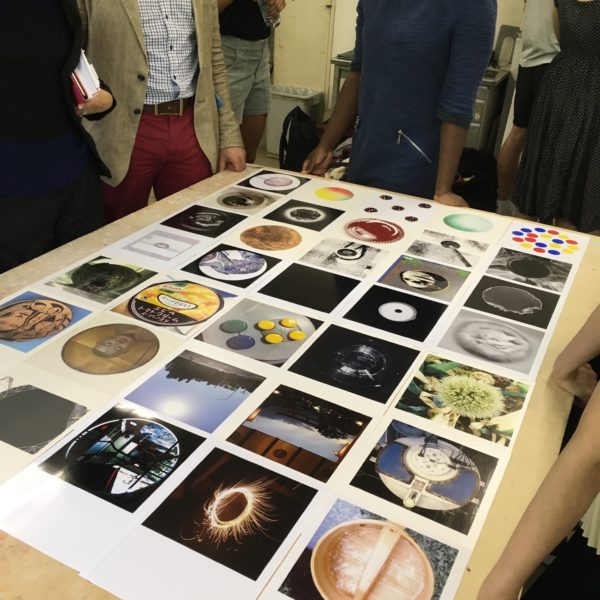
Aiming for a New Design Division in 2023
Japan’s First Public University for the Arts The Kyoto City University of Arts is the oldest university in the country as a public arts university, which originated from Kyoto Prefectural School of Painting, established in 1880. Design education began in 1939 as a design department of Kyoto City College of Painting, and in 1950, design education started as an art university. Since then, under the guidance of Felice Rix-Ueno and Professor Isaburo, design education has started in Japan, influenced by the unique Vienna studio. Since then, we have been conducting design education under the three major areas – visual design, environmental design, and product design. However, with the recent changes […]
Read More2020.3.31

Aim: The Intersection of "Design Engineering" and "Media Engineering"
The Division of Design and Media Technology was established in 2009. It started from the master’s program and the doctoral program at the time of establishment. Currently, after the undergraduate reorganization in 2016 and the graduate school reorganization (master’s course) in 2018, the Graduate School of Science and Engineering (doctoral course) started in 2019. All the master programs belong to one graduate school. At this university, four majors are established in the Graduate School of Science (Master’s Program), and each major has a course. For the doctoral program, three majors have been established at the Graduate School of Science and Engineering, one of which is the design and media technology […]
Read More2020.3.26

Pioneering New Relationships between Humans and Computers
Our university was founded in 2000 with the philosophy of “Open space, Open mind”. We want to develop (1) a high professional capability in Systems Information Science; (2) the ability to explore and conceptualize problems supported by research skills and associated attitudes; (3) the ability to express information through teamwork and co-creation; (4) the ability to learn autonomously and continuously (meta-learning); (5) humanity required for a specialist. The undergraduate program aims for students to acquire the ideas, knowledge, and techniques necessary to design human-centered information systems. Students learn the fundamentals of information design, cognitive psychology, programming, etc. Also, how to think and construct advanced information systems and comfortable information environments. […]
Read More2020.3.23
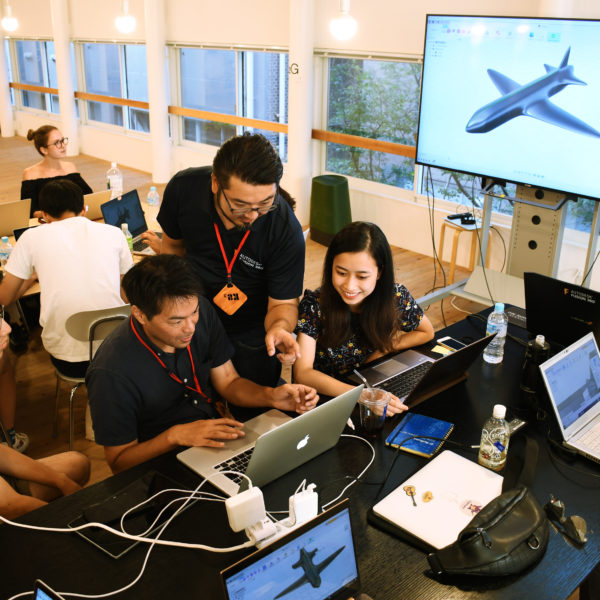
What is the Best Way to Nurture Entrepreneurship?
Kyoto Institute of Technology runs “Kyoto Startup Summer School (KS3)” as part of its design education. Organized by KYOTO Design Lab, it is Japan’s most international startup program conducted fully in English. The mission of KS3 is for students to become excited about startups, learn how to build successful startups, and take the first steps in creating a startup. Lecture on a hardware module History KS3 started in 2016 as a modest 2-day program that brought together 12 participants and 4 lecturers and workshop facilitators. The program was constructed out of different modules such as “fundraising” and “marketing for startups”. After the successful beta test, the program expanded significantly […]
Read More2020.3.20

Okayama Prefectural University Faculty of Design Reorganization Planning in Progress
Okayama Prefectural University was established in 1993 as Japan’s first university with a Faculty of Design. At that time, the Faculty of Design started with two departments: Visual Design, Craft and Industrial Design. With the changes of the times, two reorganizations have occurred, and currently, there are two departments: Design and Technology and Aesthetic Design. However, in recent years, in response to the strong requests from the community, the current field of Architecture and Urban Design in the Department of Design and Technology will become independent as a department. Also, since the times have significantly changed, we want to promote education in fields that include planning, sharing, and distribution, which […]
Read More2020.3.20

Inter-Faculty Educational Collaboration: A New Framework for Design
Sapporo City University is a new university in Japan that opened in 2006. It is characterized by a unique initiative in which only two faculties, the Faculty of Design and the Faculty of Nursing, and the undergraduate education of the faculties are linked. The collaboration between the two faculties extends not only to education but also to research and university management. We have fostered interdisciplinary relationships for more than 13 years and termed it as D x N. The question “What is the significance of the academic collaboration of design and nursing?” is one of the questions often asked by many university officials. To us, the close collaboration on education […]
Read More2020.3.20
